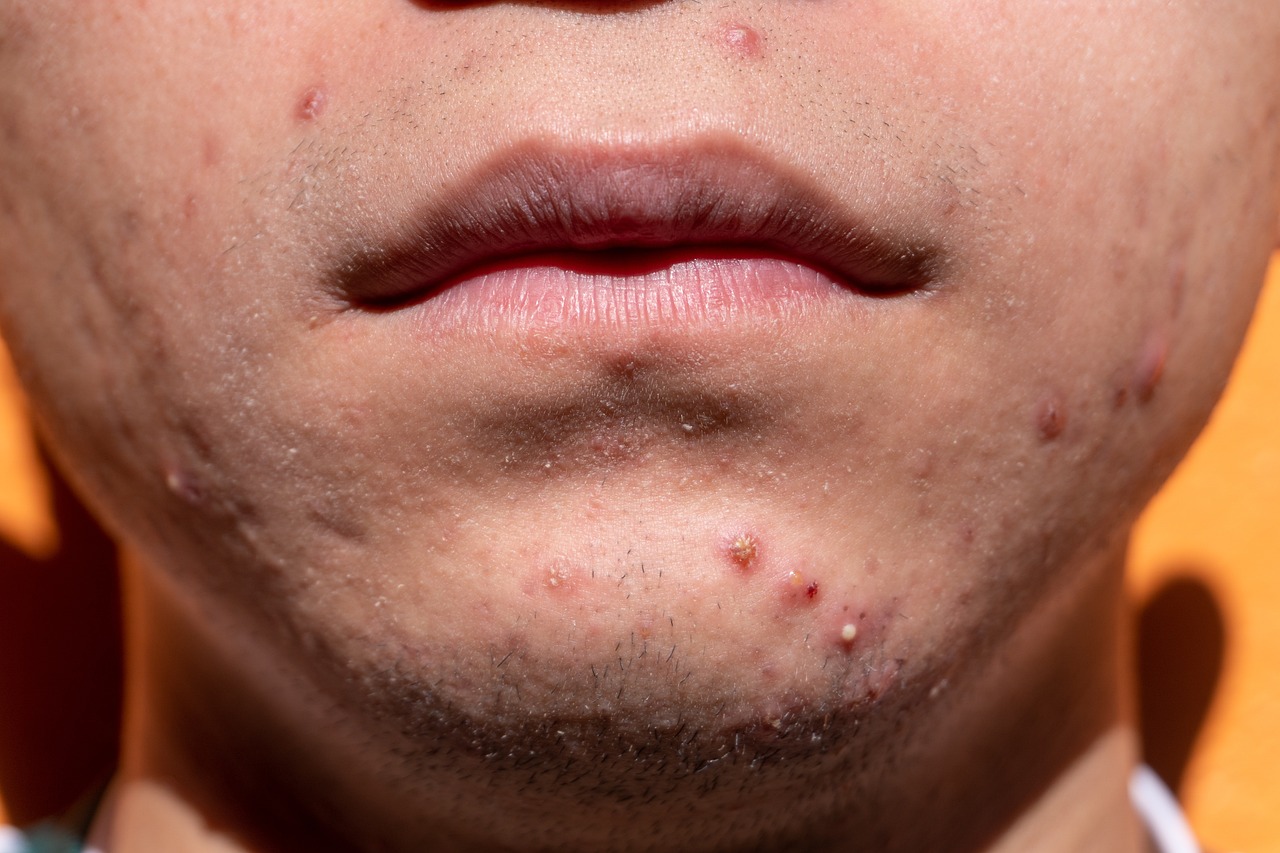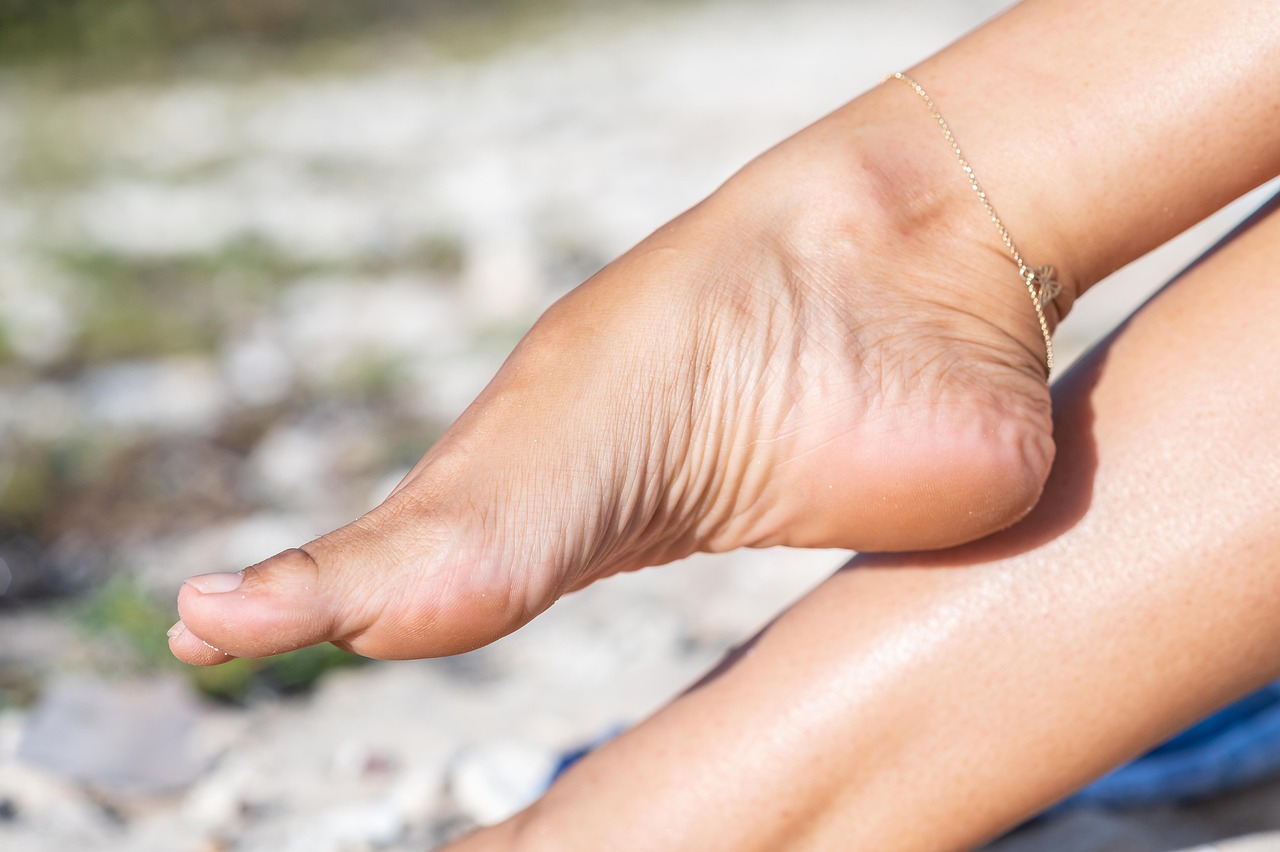The Myth of Toning and Sculpting
Many fitness enthusiasts are misled into believing that they can "tone" or "sculpt" specific areas of their body simply by targeting them with specific exercises. The harsh truth? Spot reduction is a myth. You cannot pick and choose where your body loses fat. No matter how many crunches you do, you won't magically chisel your abs unless your overall body fat percentage is low enough to reveal the muscle beneath. This misconception fuels countless marketing scams promising miraculous transformations, often leading to frustration and wasted effort.
Understanding Body Composition
When discussing physique improvements, we must consider two primary factors: reducing body fat and preserving or building muscle. Losing fat without maintaining muscle will leave you with a smaller, yet still soft appearance. This is why simply focusing on weight loss is not enough; body composition—the ratio of muscle to fat—is the key. The scale alone is a poor indicator of progress since it accounts for fat, muscle, water, and other variables that fluctuate daily.
Tracking Real Progress
Instead of fixating on a single number, successful physique transformations rely on multiple tracking methods. Taking progress photos under consistent conditions, measuring body circumferences, and monitoring how clothes fit can provide a much clearer picture of changes. Advanced methods like DEXA scans and bioelectrical impedance analysis exist, but they are not always practical or accurate. A well-rounded approach incorporating visual and numerical data ensures you stay on track.
Muscle: The Key to Definition
One of the biggest misconceptions about toning is that lifting heavy weights will make you bulky. In reality, muscle mass is what gives the body its shape. Without muscle, fat loss alone can result in a frail, undefined look. To achieve the lean, athletic aesthetic most people desire, strength training is essential. Compound movements such as squats, deadlifts, and presses are crucial because they stimulate multiple muscle groups and improve overall metabolic efficiency.
The Role of Genetics
Before you chase an unrealistic ideal, remember that genetics play a major role in how your body responds to training and dieting. Some people naturally store more fat in certain areas, while others build muscle more easily. Bone structure also dictates proportions—someone with a shorter limb structure won’t develop the same "long and lean" look as a model with longer extremities. Instead of aiming for an unrealistic standard, focus on maximizing your unique physique through effective training and nutrition.
Fat Loss: The Unavoidable Truth
Regardless of how many core exercises you do, if there is a layer of fat covering your abs, they won’t be visible. Fat loss is dictated by creating a caloric deficit—burning more calories than you consume. This can be achieved through a combination of dietary adjustments and increased activity levels. While high-rep, low-weight exercises can burn calories, they do not inherently target fat loss in a specific area. Your body decides where to lose fat first and last based on genetics, not exercise selection.
Building a Physique-Oriented Training Plan
The most effective way to build a well-defined body is through a structured strength training program combined with metabolic conditioning. Traditional strength training (3-5 sets of 5-12 reps using moderate to heavy resistance) is essential for maintaining and growing muscle. Each muscle group should be trained multiple times per week for optimal results. Contrary to popular belief, sweating profusely does not indicate a better workout—progressive overload (gradually increasing resistance) is the true driver of muscle growth.
The Importance of Metabolic Work
While strength training is non-negotiable for a sculpted physique, metabolic work (cardio, HIIT, circuit training) aids in fat loss by increasing overall energy expenditure. This doesn’t mean endless hours on the treadmill. Instead, incorporating activities like sprint intervals, kettlebell circuits, or functional conditioning sessions can provide both cardiovascular benefits and fat loss support. A well-balanced program should integrate both strength and metabolic training to optimize results.
Why the "Toning" Approach Fails
Many people rely on light weights and high repetitions under the assumption that this will "tone" the muscle without making it bigger. Unfortunately, muscle does not work this way. High-rep, low-weight training primarily burns calories but does not provide sufficient stimulus to maintain or grow muscle. Over time, this approach can lead to muscle loss, making it even harder to achieve a defined look. Instead, prioritizing resistance training with proper intensity will lead to better results.
Looking like a cover model is not as simple as following a "sculpting" routine. It requires a well-structured combination of strength training, fat loss through caloric control, and metabolic conditioning. Additionally, genetics set the foundation for how your physique develops. While you can optimize your body through training and nutrition, unrealistic expectations will only lead to frustration. Instead of chasing myths, focus on scientifically backed principles to achieve a lean, strong, and healthy physique.
REFERENZES: For further reading, consult recent studies on resistance training, metabolism, and body composition published in reputable journals such as the Journal of Strength and Conditioning Research and Medicine & Science in Sports & Exercise.













